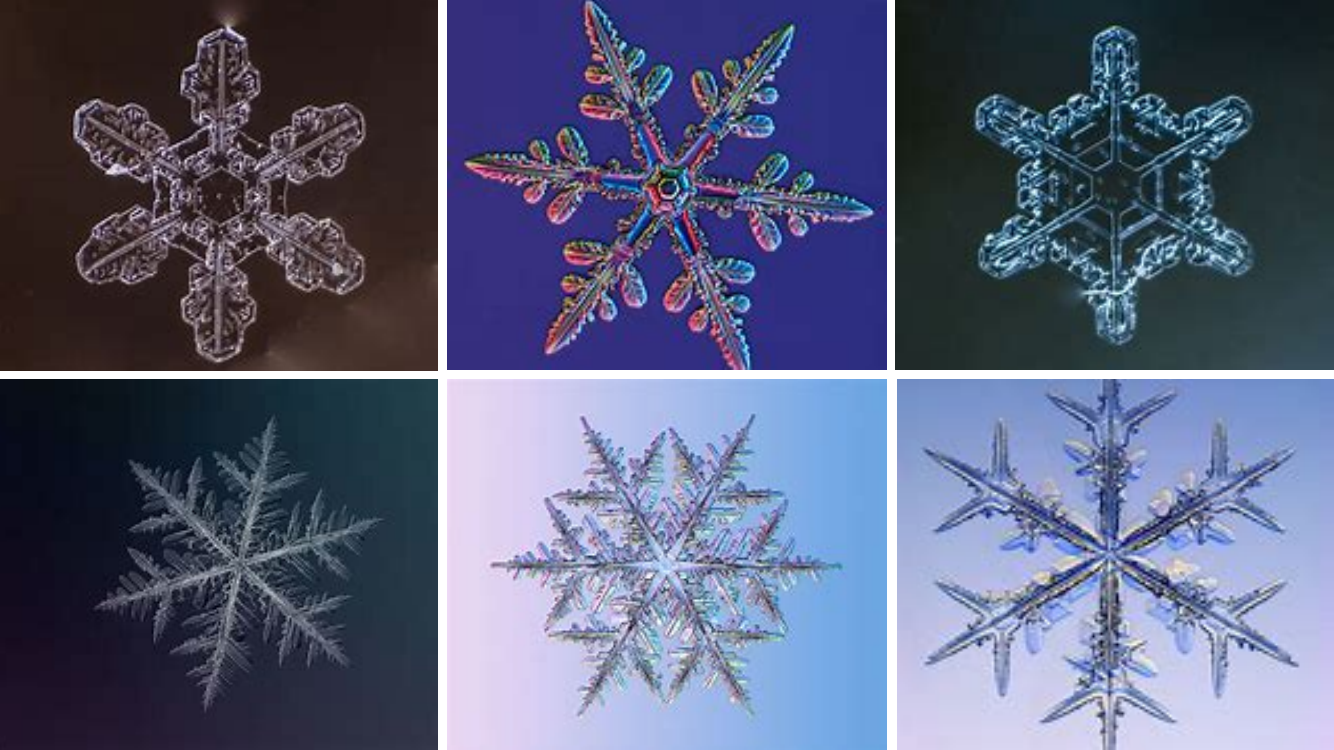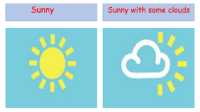The Weather - Snowflakes

Science Resource Description
Snowflakes are one of nature's most delicate and intricate creations, each one a unique masterpiece of design. Formed from water vapour that freezes in the cold upper atmosphere, snowflakes begin as tiny ice crystals that grow into complex, symmetrical patterns as they descend towards the earth. The shape and structure of a snowflake are influenced by the temperature and humidity it encounters on its journey down, which explains why no two snowflakes are exactly alike. These ice crystals clump together to form snowflakes, which can range in size and shape, from simple prismatic forms to elaborate dendritic (branching) designs.
When snowflakes land, they create a blanket of snow that transforms landscapes into winter wonderlands, much to the delight of people who enjoy the chilly season. However, snowflakes are not just a visual marvel; they play a significant role in the ecosystem. They provide insulation for the ground, helping to regulate the temperature of the soil and protect plant life from the freezing conditions. Moreover, as snowflakes melt, they contribute to the water supply, replenishing rivers and reservoirs. Despite their small size, snowflakes collectively have a substantial impact on the environment, weather patterns, and human activities during the winter months.







